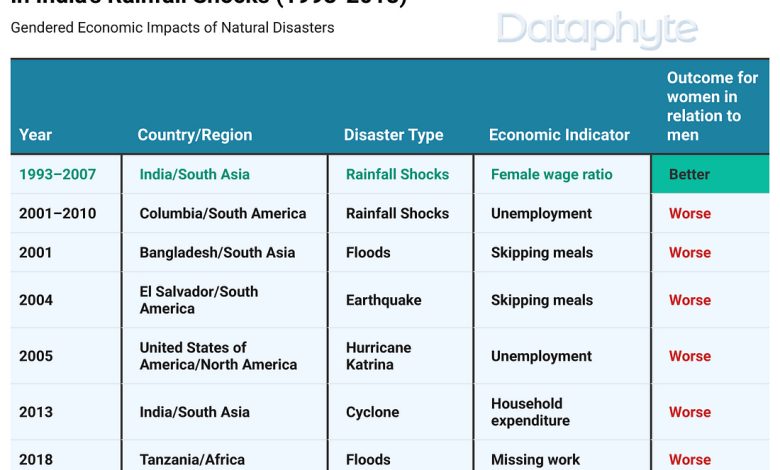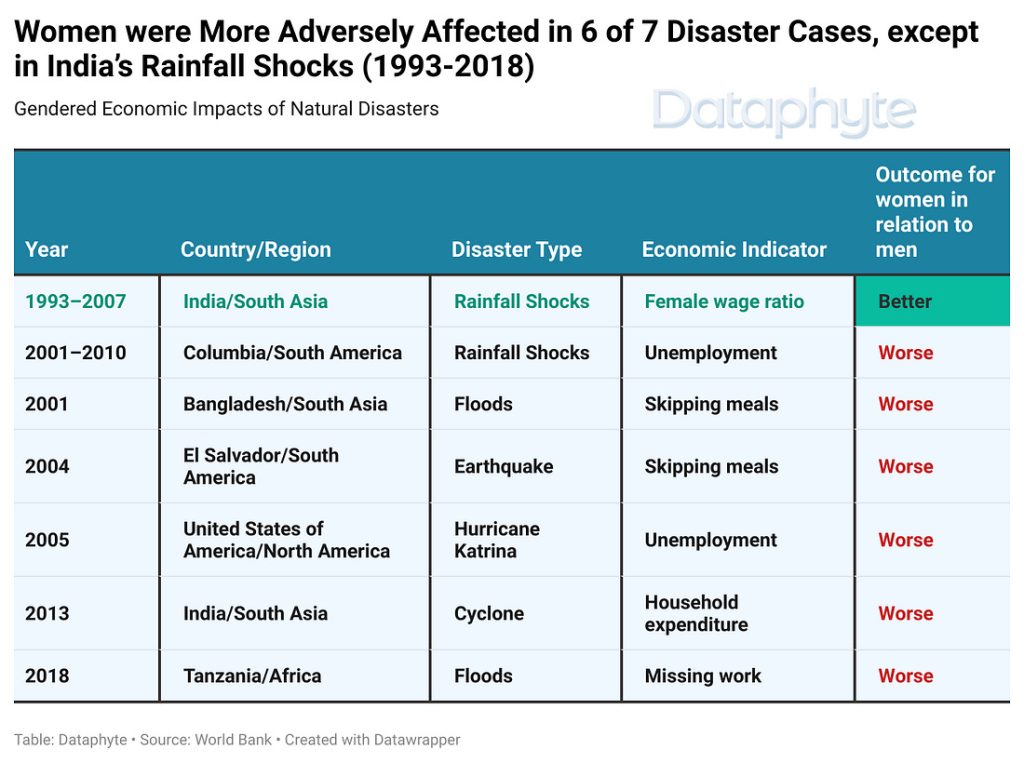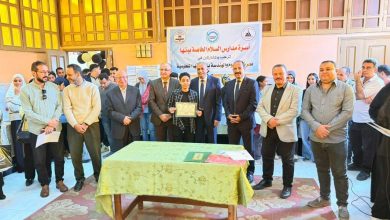
According to the United Nations Women (UN Women), by 2050, under worst-case climate scenarios, climate change could push an additional 158 million, 310 million, and 422 million women and girls into poverty at the $2.15, $3.65, and $6.85 daily income thresholds, respectively. These figures exceed the number of projected men and boys affected by as much as 16 million.
This disproportionate impact stems from women’s higher dependency on climate-sensitive sectors, such as agriculture, and their greater exposure to climate-related shocks. Structural inequalities, including gender-based differences in asset ownership, decision-making power, and intrahousehold dynamics, deepen their vulnerability.
These differences affect not only women’s livelihoods but also their ability to cope and recover after disasters.
A study by the World Bank titled “Gender Dimensions of Disaster Risk and Resilience” reports that disasters increasingly linked to climate change erode economic stability by damaging assets, livelihoods, and consumption patterns. The impacts vary across sectors based on exposure (e.g., outdoor vs. indoor work) and vulnerability (e.g., weather reliance, infrastructure dependence).

The study finds that women consistently experience worse economic outcomes than men following natural disasters. In six out of seven disaster cases examined across South Asia, South America, North America, and Africa between 1993 and 2018, women were more adversely affected.
The only exception involved rainfall shocks in India, where female wage ratios improved due to increased demand for female labour in rice-growing areas.




